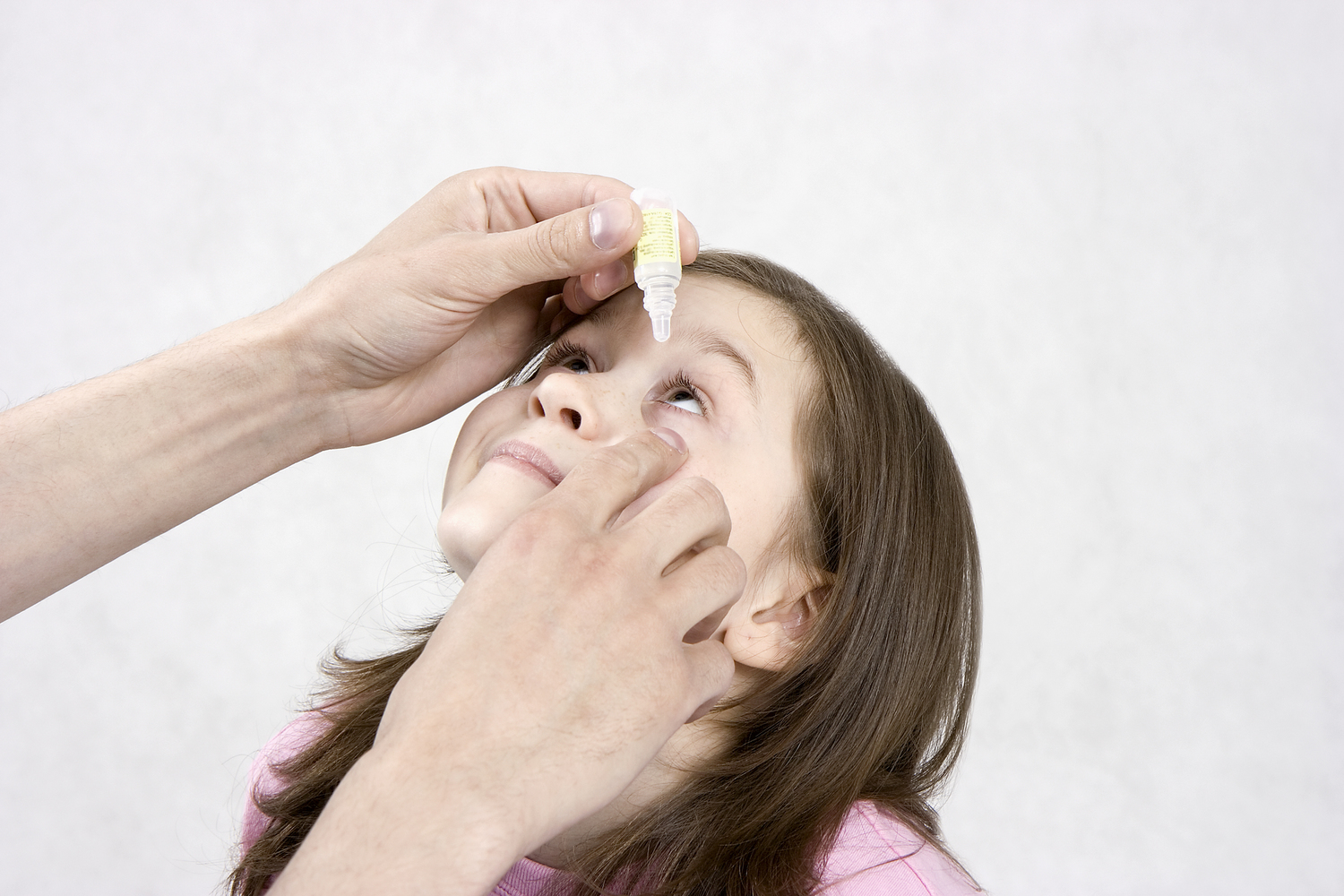
Common eye infections in children
Eye infections are unfortunately quite common among babies, and even newborns, and are mostly caused by a virus or bacteria. Most often babies and infants get an eye infection because of a cold. Additionally, as they are being born, babies may develop some infection in the birth canal. It is due to this that doctors always check the eye of a baby and apply a drop or two of disinfectant eye drops to the infant if required.
Some of the common eye infections or diseases that affect babies and children are:
1. Pink eye (conjunctivitis)
This is an inflammation (i.e. redness, swelling) of the thin tissue which covers the sclera and the inside of the eyelids. It can affect one or both eyes. The symptoms of pinkeye are:
- Red or pink, itchy, swollen, and watering eyes
- Some white or green discharge frequently
- Infected eyes can be crusty after sleep
Pink eye spreads by contact with someone who is infected, or by touching surfaces that have been contaminated by discharge from an infected person. Treating it with medicated eye drops or ointment is the best remedy. Hand hygiene and sanitation are important to prevent the spreading of the disease as pinkeye is a highly contagious eye infection. Washing the eye with saline water and a cool compress can help to soothe the irritation. Antibiotics may not be necessary unless a recovery is delayed. Conjunctivitis generally heals within five to six days.
2. Sties
A stye appears as a red bump on the eyelid and is very painful. It is accompanied by swelling and tenderness in the eye. Sties are a bacterial infection and are not contagious. They are mainly caused by infected oil or sweat glands. Sties are more common in children than in adults. Sties can be treated at home with a warm compress to the eyelid. Repeat it three to four times a day, for 15 minutes each time. Do not use any over-the-counter medicines to treat a stye. Antibiotics are not of much help to heal this eye infection and may be necessary only if it gets infected. In case the condition does not improve, then you can consult an ophthalmologist. The specialist may use a minor surgical procedure to drain the stye.
3. Teary or watery eyes
Babies start producing tears around the second week after birth. This period can vary from one baby to another. Some babies may develop a blocked tear duct, which is what carries the tears from the eye to the nose. If the tear duct is blocked, the eyes may constantly seem as if it is filled with tears. The baby may start tearing up even when not crying. Blocked tear ducts usually clear up in a year to a year and a half and are a cause of concern only if the eye becomes red or inflamed. This could be a sign of an eye infection and seeing a doctor is recommended to avoid any further disease. If the condition persists, then a minor medical procedure may be necessary to open the blocked tear ducts.


